
This is a guest post from Alexzander Caine. Alexzander is a content coordinator for Valendigital who loves all things tech. His experience includes Laravel programming, web development and content marketing. In his spare time, he loves to binge-watch Netflix and is a huge Marvel comic book fan!
Running an eCommerce website can be complicated and stressful, with plenty to keep you busy. You’ll need to bring in website traffic, ensure competitive prices, and have seamless logistics.
And competition is fierce with more than 1.4 million eCommerce websites located in the US alone, and between 2-3 million online stores globally.
eCommerce stores are constantly competing to win a piece of more than 1.9 billion customers, and that’s just in 2019. Statistics also show that the number of online shoppers will rise to 2.1 billion by 2021.
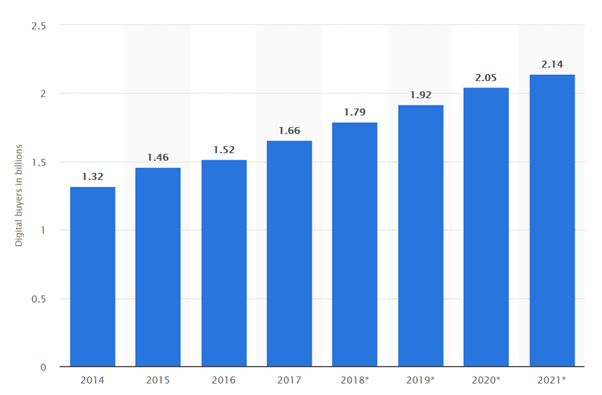
That means SEO, PPC and social media won’t cut it anymore when trying to turn visitors into loyal customers. In addition, your website needs to have the right offer, message and price at the right time to entice buyers.
This is where conversion rate optimization comes into play. According to Econsultancy, the typical eCommerce conversion rate averages 2-3%.
That means if you generate 10,000 unique visitors to your site and your current conversion rate is 2%, then you will convert 200 visitors into paying customers. If you get that conversion rate up to 3%, that’s an extra 100 buyers for a total of 300 customers.
The higher your conversion rate is, the more paying customers you generate, and the bigger your profits.
Although it sounds simple, conversion doesn’t happen without you optimizing for it, so we put together 4 tactics to help you double your eCommerce conversion rates on your own website.
1) Personalize your product suggestions
User personalization gives a huge boost to your conversions. Many successful brands understand this, and personalize every aspect of the user’s journey from the initial touchpoint through checkout, and even beyond to post-purchase care.
For example, as soon as you land on the Amazon website, it can detect which country and region you’re shopping from, then show you products specific to your location. Implementing basic personalization like this can both increase conversions and make the buyers journey more seamless.
One specific type of personalization can dramatically increase your conversions is the ‘visitors who viewed this also viewed’ recommendation.
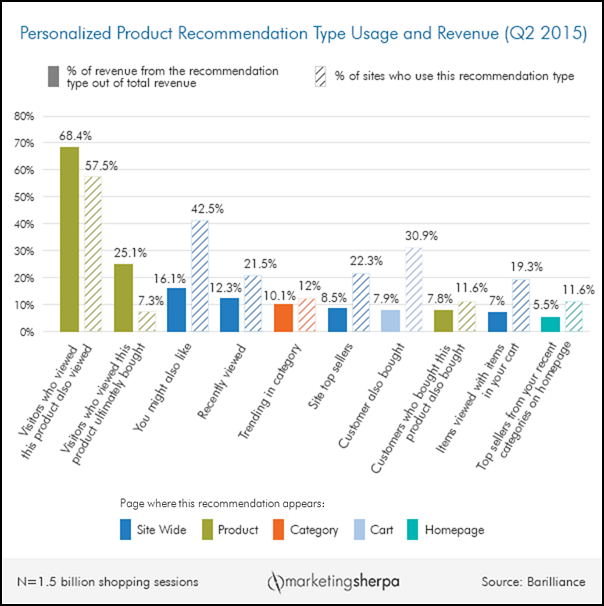
Try adding this product suggestion on your search results page and product pages. When a shopper clicks into a product page, you can also show what products other shoppers frequently purchased together with something.

Take it a step further and implement personalization on your checkout pages to upsell other products. Since a shopper has decided to purchase, they are in buying mode and it becomes the perfect opportunity to upsell other related items.
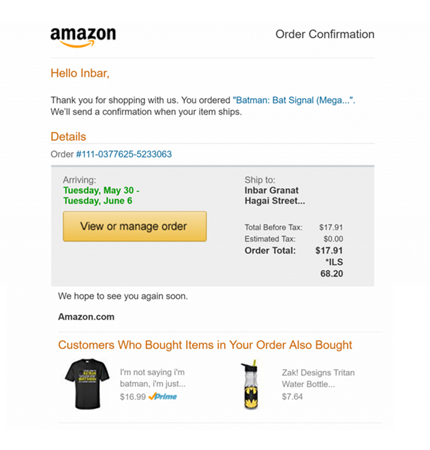
You can also apply advanced personalization using tools like Google Optimize or Optimizely to identify visitors who come from different campaigns and personalize their shopping experience by displaying specific products or categories.
2) Ensure seamless checkout
Once a customer has decided to buy from you, make the est of their journey as simple as possible. Checkout pages that are overly complicated drive would-be buyers away, creating an abandoned cart.
According to the Baymard Institute, 23% of abandoned carts are due to an overly complicated checkout process, and more than 30% are due to having to create an account.
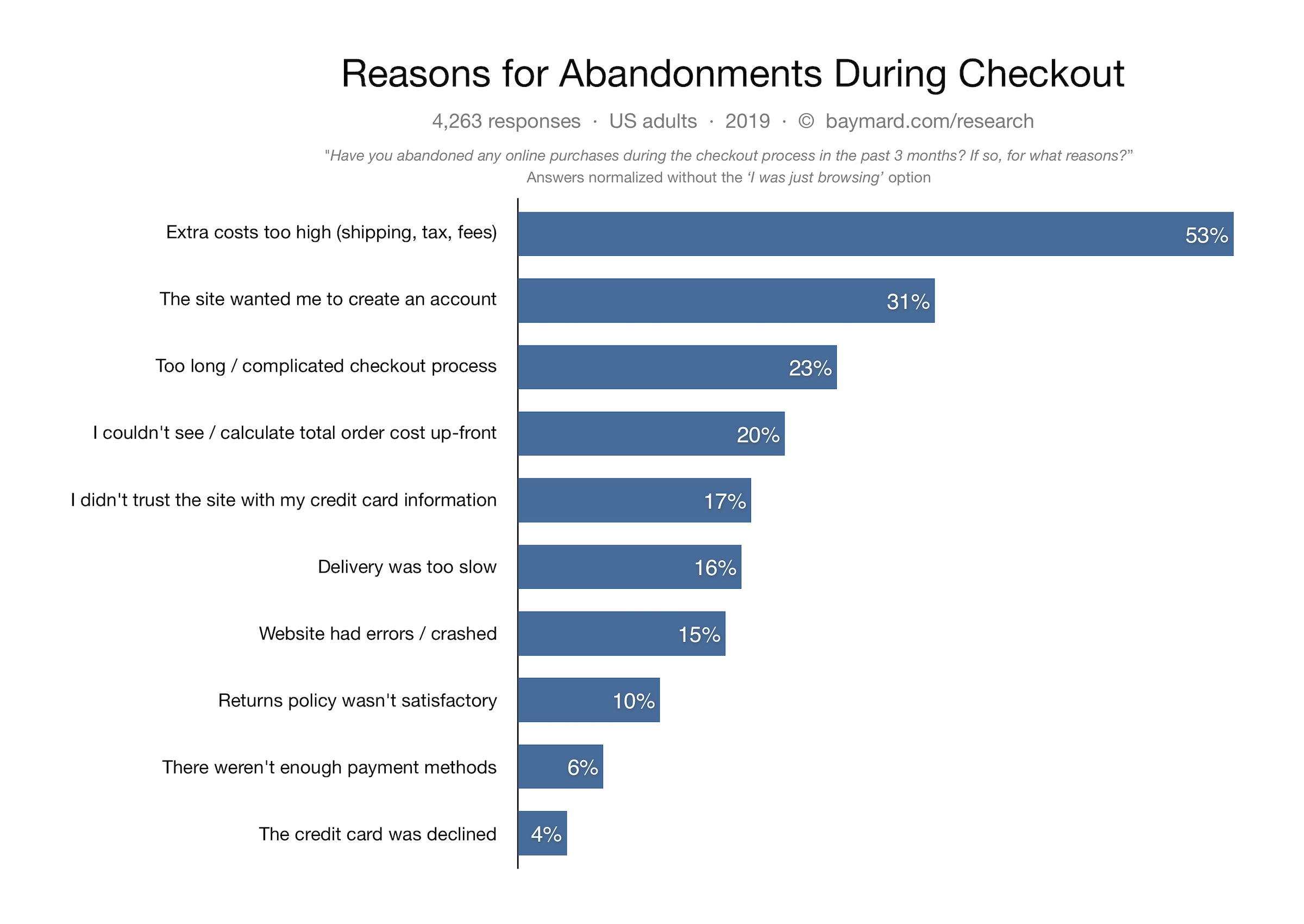
Offer a guest checkout to minimize barrier to purchase, and make it easier for mobile shoppers to complete their checkout. Thanks to the rise of mobile shopping, shoppers are using their phones to make quick purchases, and they don’t have time (or screen space) to fill out long forms.
Providing guest checkout on your mobile friendly website will simplify the process for your customers, with you still capturing your customers’ names and emails.
Macy’s website checkout process is a perfect example of how to implement this.
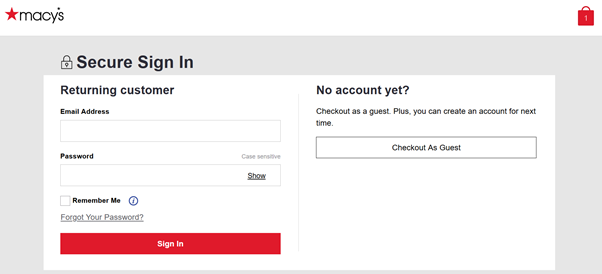
You can also integrate different digital wallets like Google Pay or Apple Pay for customers to use at checkout. An added bonus is that if they use their online wallet, then customer details are filled out automatically.
3) Optimize your ‘Add to Cart’ button
Once a potential customer lands on your product page, half the job is done. Displaying a prominent, optimized CTA that explains exactly what you want your shoppers to do can increase conversions.

The positioning of these buttons can also have an impact. They should be right under the most important information on your product page, and near product options, so when the customer has reviewed all the product details they can quickly add it to their cart.
You should also optimize for color. Changing the colors of your CTA buttons can increase conversions by as much as 50%.
4) Simplify your category filters
A common issue on eCommerce sites is the filter options on a category page. More often than not, these are not organized effectively or tailored your target audience.
Each one of your customers has a different preference, and may want to filter options by size, color or brand.
Order your filters by importance and not alphabetically. BestBuy.ca shows a great example of useful filter options with a user-friendly display.
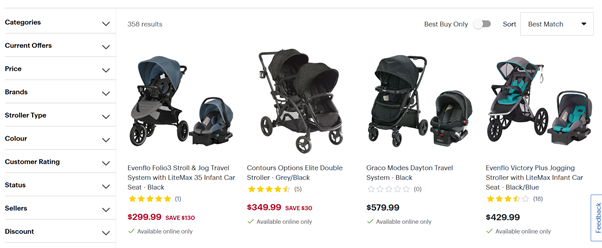
Simplifying your filter options will allow potential customers to quickly find the products they’re searching for and make a purchase.
Wrapping Up
These simple conversion tips can make a big difference. You can integrate them into your existing conversion strategy or even use them to build a new one.
Apply one test at a time and measure the outcomes using your analytics and eCommerce data.
Tools like Google Optimize can also help you to A/B test different variations of these conversion tactics until you have a high performing element.
At that stage, you can make that change permanent and move onto the next test.